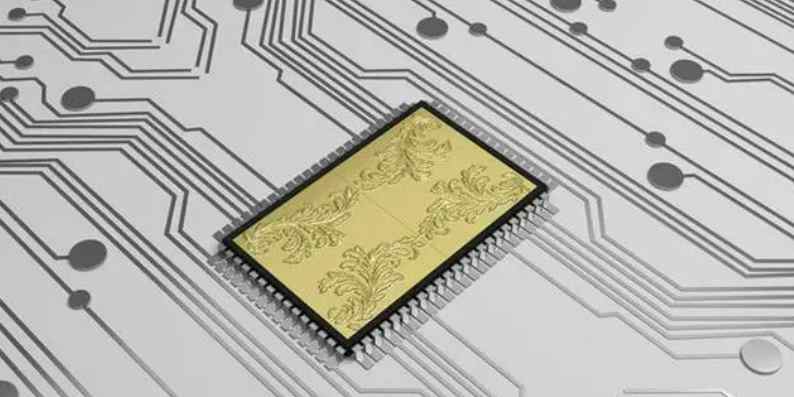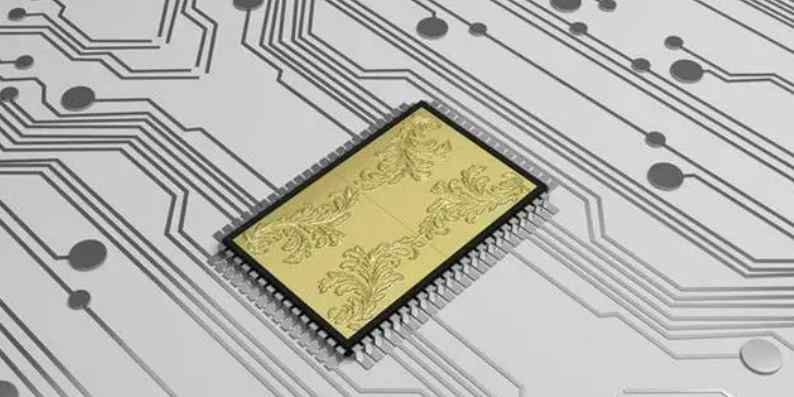
In order to meet customer requirements, the circuit board must be plugged through the Via hole. After a lot of practice, the traditional aluminum sheet plugging process is changed, and the circuit board surface welding and plugging are completed with white mesh. Stable production and reliable quality.
Why should the PCB board be blocked?
The Via hole plays the role of connecting the lines to each other. The development of the electronics industry also promotes the development of PCB, which also puts forward higher requirements for the production process and surface mounting technology of printed board. Via hole plugging technology comes into being and should meet the following requirements:
1, through the hole can be copper, welding can plug or not plug;
2, through the hole must have tin lead, there is a certain thickness requirements (4 microns), no solder ink into the hole, resulting in the hole hidden tin beads;
3, the pass-through hole must have solder resistance ink plug hole, light proof, no tin ring, tin beads and flat requirements.
With the development of electronic products to the direction of "light, thin, short, small", PCB also to high density, high difficulty development, so there are a large number of SMT, BGA PCB, and customers require plug holes when pasting components, mainly has five functions:
1. Prevent short circuit caused by tin penetrating through the component surface from the passthrough hole when PCB overwave soldering; In particular, when we put the hole on the BGA pad, we must first do the plug hole, and then gold-plated treatment, to facilitate the welding of BGA.
2, avoid flux residue in the pass hole;
3. After the surface mounting and component assembly in the electronics factory are completed, PCB should be vacuated on the testing machine to form negative pressure:
4, prevent the surface solder paste into the hole caused by virtual welding, affect the installation;
5, prevent over wave soldering tin bead pop out, resulting in short circuit.
The realization of conductive hole plugging process
For the surface mounting plate, especially the mounting of BGA and IC, the requirements for the through-hole plug hole must be flat, convex and concave plus or minus 1mil, and the edge of the through-hole shall not be red and tinned; Through the hole hidden tin beads, in order to meet customer requirements, through the hole plugging process is all over the place, the process is particularly long, process control is difficult, often in hot air leveling and green oil soldering resistance experiment oil loss; Problems such as oil explosion occur after curing. Now according to the actual conditions of production, various PCB plugging process is summarized, in the process and advantages and disadvantages of some comparison and description: (Note: hot air smoothing working principle is to use hot air will be printed circuit board surface and holes in the excess solder, the remaining solder uniformly covered in the solder plate and open solder line and surface seal decoration, is one of the ways of surface treatment of printed circuit board).
First, hot air leveling after plugging process
The process flow is: plate welding resistance →HAL→ plug → curing. Non-plug hole process is used for production. After hot air leveling, aluminum sheet screen or ink screen is used to complete the through-hole plug holes of all strongholds required by customers. Plug hole ink can be photosensitive ink or thermosetting ink, in order to ensure that the wet film color is consistent, plug hole ink is best used with the same ink. This process can ensure that the hot air leveling through the hole does not drop oil, but easy to cause plug hole ink pollution, uneven surface. It is easy for customers to cause virtual welding when mounting (especially in BGA). So many customers don't accept this approach.
Two, hot air leveling before plugging process
2.1 Pattern transfer is carried out with aluminum sheet after plugging, curing and grinding
This process uses a CNC drilling machine to drill out the aluminum sheet to plug holes, make a screen version, plug holes, to ensure that the through hole plug hole full, plug hole ink, plug hole ink can also be used thermosetting ink, its characteristics must be high hardness, small resin shrinkage change, and hole wall binding force. The process flow is as follows: pretreatment → plug → grinding → pattern transfer → etching → plate resistance welding
This method can ensure that the plug hole of the conduction hole is smooth, and there will be no quality problems such as oil explosion and hole edge oil in hot air leveling. However, this process requires one-time thickening of copper, so that the copper thickness of the hole wall can meet the customer's standard. Therefore, it has high requirements on the copper plating of the whole plate and the performance of the grinding machine, so as to ensure that the resin on the copper surface is completely removed, and the copper surface is clean and not polluted. Many PCB factories do not have one-time copper thickening process, and the performance of the equipment can not meet the requirements, resulting in this process is not used much in PCB factories.
2.2 Solder the screen face directly after plugging the aluminum sheet
This process uses a CNC drilling machine to drill out the aluminum sheet to plug holes, made of screen plate, installed on the screen printing machine to plug holes, stop for no more than 30 minutes after the completion of the plug hole, with 36T screen directly screen face welding, the process is: pre-treatment - plug hole - screen printing - pre-drying - exposure - development - curing
This process can ensure that the oil cover through the hole is good, the plug hole is smooth, the wet film color is consistent, the hot air leveling can ensure that the through hole is not tin, no tin beads in the hole, but it is easy to cause the ink pad in the hole after curing, resulting in poor weldability; After hot air leveling, oil bubbles off the edge of the through hole. It is difficult to use this process to control the production, so process engineers must adopt special flow and parameters to ensure the quality of the plug hole.

2.3 Aluminum sheet plug hole, development, precuring, grinding plate after the plate face welding.
With CNC drilling machine, drill out the requirements of the plug hole aluminum sheet, made of screen plate, installed in the shift screen printing machine for plugging holes, plug holes must be full, both sides prominent is better, after curing, grinding plate surface treatment, its process is: pre-treatment - plug hole a pre-drying - development - pre-curing - plate surface welding
Because this process uses plug curing to ensure that HAL through the hole without oil, oil explosion, but HAL, through the hole hiding tin beads and through the hole tin is difficult to completely solve, so many customers do not accept.
2.4 Plate welding and plug holes shall be completed at the same time.
This method adopts 36T (43T) silk screen, mounted on the screen printing machine, using a plate or nail bed, while completing the board surface, all the pilot holes are plugged, the process is as follows: pre-treatment - screen printing - pre-drying - exposure - development - curing.
This process time is short, the equipment utilization rate is high, can ensure that the hot air leveling through the hole does not drop oil, the through hole does not tin, but because of the use of silk screen to plug holes, there is a lot of air in the through hole, during curing, air expansion, break through the welding resistance film, resulting in holes, uneven, hot air leveling will have a small amount of tin through the hole. At present, after a lot of experiments, choose different types of ink and viscosity, adjust the pressure of screen printing, basically solve the hole hole and uneven, has adopted this process for mass production.









